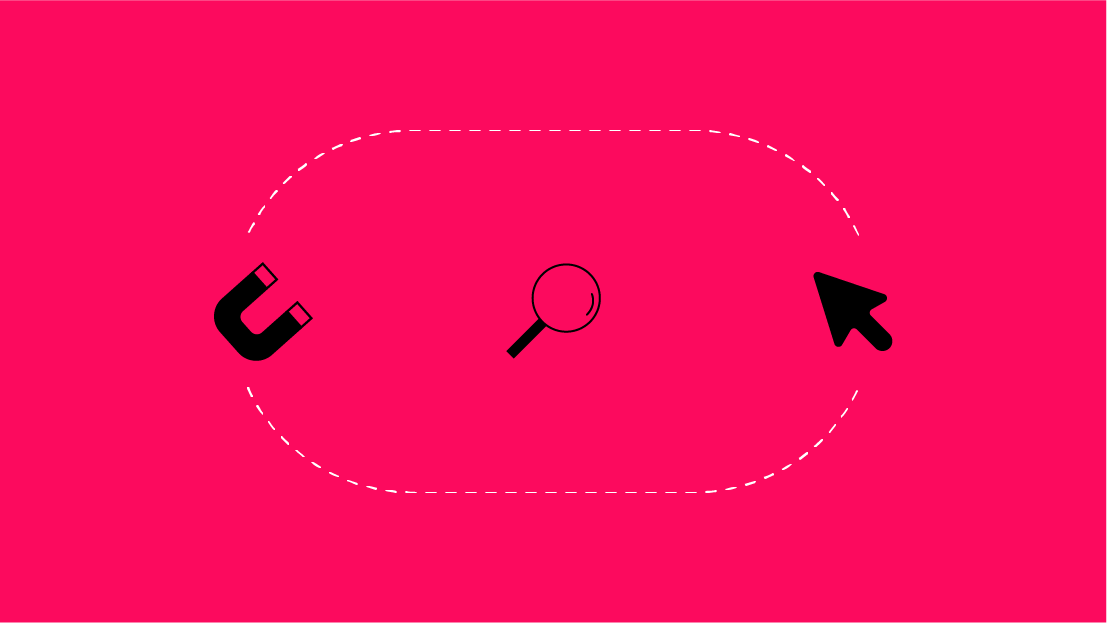This post was written by: Briana Tiseo (Fall 2021 Digital Marketing Intern).
Impending deadlines, back-to-back meetings, impromptu client requests---all to be tackled within an eight-hour workday; these are all facets of a stress inducing routine, typical of the average corporate climate. Now, toss in the fears and lifestyle changes thrust upon us by the pandemic, and we have a recipe for a job-driven existential crisis. It is safe to say that the sanity of our workforce has boiled over.
According to Mental Health America (MHA), 19% of the US adult population is presently experiencing mental illness in 2021. Similarly, based on a recent study conducted by the Harvard Business Review, 76% of surveyed employees reported at least one symptom of a mental health condition in the past year, up from 59% in 2019. This makes up a large portion of those we count on to perform optimally.
Battles against anxiety, depression, and other mental illnesses that were silently fought by corporate members are now being brought to light as we enter an age of nationwide recovery.
According to the American Psychological Association (APA), as of January 2021, more employers have begun to offer more mental health resources to employees, Seer being one of them. Now more than ever, corporations are beginning to empathize with those living with depression, anxiety, or more and provide support to ensure that overall well-being, motivation, and productivity are maintained.
How has the Pandemic Impacted Mental Health in the Workplace?
2020 was a year that wreaked havoc on employees everywhere, from the virus, to the transition to remote work. A few of Seer’s team members opened up about sources of workplace stress and their own personal struggles with mental health before and after the strike of the pandemic. Here is what they had to say:
Pre-COVID

“Before COVID I could ignore it. During COVID I was like, I can't ignore this.” (In reference to her personal struggles with mental health.)
-- Sarah Weber, Sr. Associate (SEO)

“I definitely have stress and anxiety because of work. My role at my last agency was very client-facing, so I was answering text messages/on the phone past work hours and on weekends because my client was sending problems to me.”
-- Danielle Posner, Associate (Paid Media)
Post-COVID Onset

“During COVID, for me personally, there was an added stress of, ‘oh god the world is on fire’ and then all of the civil rights things that were happening. My cup was running over with stress. I basically had a mental breakdown, and work was part of that.”
-- Sarah Weber, Sr. Associate (SEO)

“In terms of working from home, it was a huge adjustment for the first five to six months because I wasn’t used to it and I wasn’t able to step away from the computer. I think I’ve gotten better at it, but still I am unable to step away to go out for a walk or a lunch break. I know I can, no one on my team really cares, but it’s my own mindset that my client needs something, and I am unable to deliver it because I’ve got six other things going on.”
-- Danielle Posner, Associate (Paid Media)
While work-related anxiety and tension has always been present in the workplace -- often viewed as “part of the job” by many employees across the country and for decades, the pandemic has amplified it. Many jobs come with their own set of challenges that may be more difficult for some while working remotely.
To help offset some of these challenges, companies at-large can benefit from establishing an environment that acknowledges mental health as a predominant factor of employee success.
Has COVID-19 Opened the Door for More Transparency Surrounding Mental Illness?
According to a study conducted by McKinsey & Company, stigma reduction was ranked last when employers were asked to prioritize 11 potential behavioral-health-focused initiatives. While the existing mental health stigma is acknowledged, some companies find it “too abstract to address” (McKinsey & Company). However, an enormous opportunity is being missed. Companies that encourage open disclosure about employee’s symptoms and how they impact performance, make them better equipped to provide support, which in turn enhances the value of output.
A few questions remain: Can employers do more to foster an open conversation about mental illness, anxiety, depression, and (how it may ultimately lead to) burnout? What can they do to encourage employees who deal with these issues feel comfortable enough to speak to them?
There are no easy answers. However, while companies will need to create support for employees, there may be a need to tailor that support to an individual's comfort level. Employees must be okay with publicizing their private struggles, or at the very least, addressing them to a Human Resources team or immediate supervisor, in order for change to be made in the workplace.
Beating the Stigma of Mental Health Issues
At Seer, mental health is far from taboo. (Woohoo!) Employees are given access to the mobile app Ginger which allows them to instantly connect with behavioral health coaches. Additionally, mental health days are encouraged. (Yeah, you read that right.)
On top of unlimited PTO for employees, Seer’s new policy makes it mandatory that all personnel take at least three weeks off to ensure ample time to recharge. Check out this blog post to learn about all of the ways Seer works to tackle mental health and provide a safe space for members.
Mental Health Challenges in the Workplace
Common Triggers
One of the first steps toward improving mental well-being is to identify sources of stress. According to a study conducted by management consulting firm McKinsey & Company, some common stress triggers in the workplace include, but are not limited to:
- Monotonous work
- Heavy workload
- Tight deadlines
- Imposter syndrome
- Remote work (lack of environmental diversity, housemate interferences, etc)
Tips to Manage Workplace Stress
Although the achievement and maintenance of a healthy mental state is unique to each individual, the CDC has recommended the following approaches to help people cope with mental ailments on a day-to-day basis.
- Take breaks throughout the work day.
Switching gears by focusing on non-work-related stimuli may help reduce burnout and restore productivity. Activities include:
- Scroll on social media
- Play a game
- Listen to music
- Go for a walk
- Prioritize physical/mental needs
Following good self-care practices that combine your mental and physical well-being will allow you to be more alert and content while working. To function optimally:
- Establish a regular sleep schedule
- Eat balanced meals
- Practice breathwork/meditation
- Stay social
Just because you’re not in a physical office with a water cooler or able to grab lunch with a co-worker doesn’t mean that you can’t continue to forge meaningful relationships with others. To ward off feelings of isolation that may stem from working remotely, chat with a co-worker about a favorite movie. Call up a family member or friend. Communicate with others to boost your sense of community.
In a moment of tension, these tips may help you reset so you can tackle your tasks and feel less overwhelmed.
Key Takeaways
Mental health is something we all struggle with, to one degree or another. While anxiety, depression, and mental health matters have always affected people, the recent pandemic has only served to intensify them.
While mental health experts at Cedars-Sinai hospital have noted that “the pandemic may be shaping our mental health well into the future,” one of the few silver linings of the world’s recent health crisis is that the barriers and shame of speaking openly about mental health issues are starting to become dismantled. As a result, more people in the workforce and their employers are starting to take a hard look at preserving the mental health and well-being of those in their sphere. There’s still a long road ahead, but steps are being made towards progress.
So, the next time a deadline induces anxiety, or you’re feeling burnout on the job, know that you are not alone.
Is Your Employer Supporting Your Mental Health?
Here are some of the ways we're tackling the challenge at Seer:
- Started annual "Mental Health Awareness" month
- Invested in Ginger, an app for on-demand therapy / support services
- Launched an expanded HRA for additional health related expenses
- Continously encouraging team members to take unlimited PTO
Interested in working with us? We're hiring! We can't wait to hear from you:

